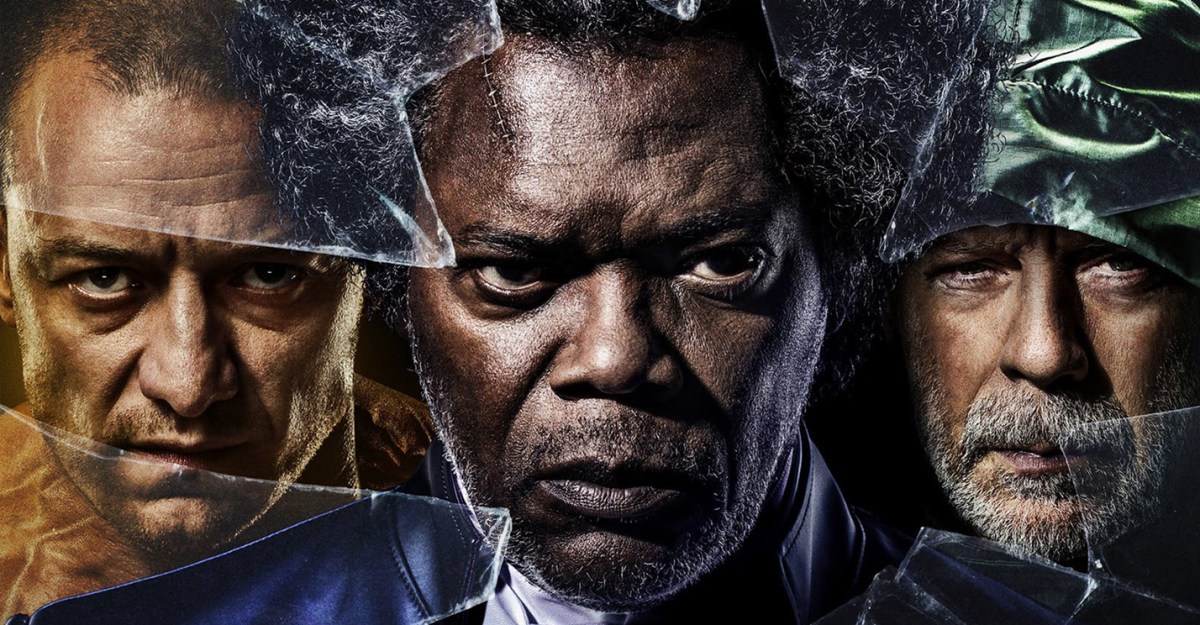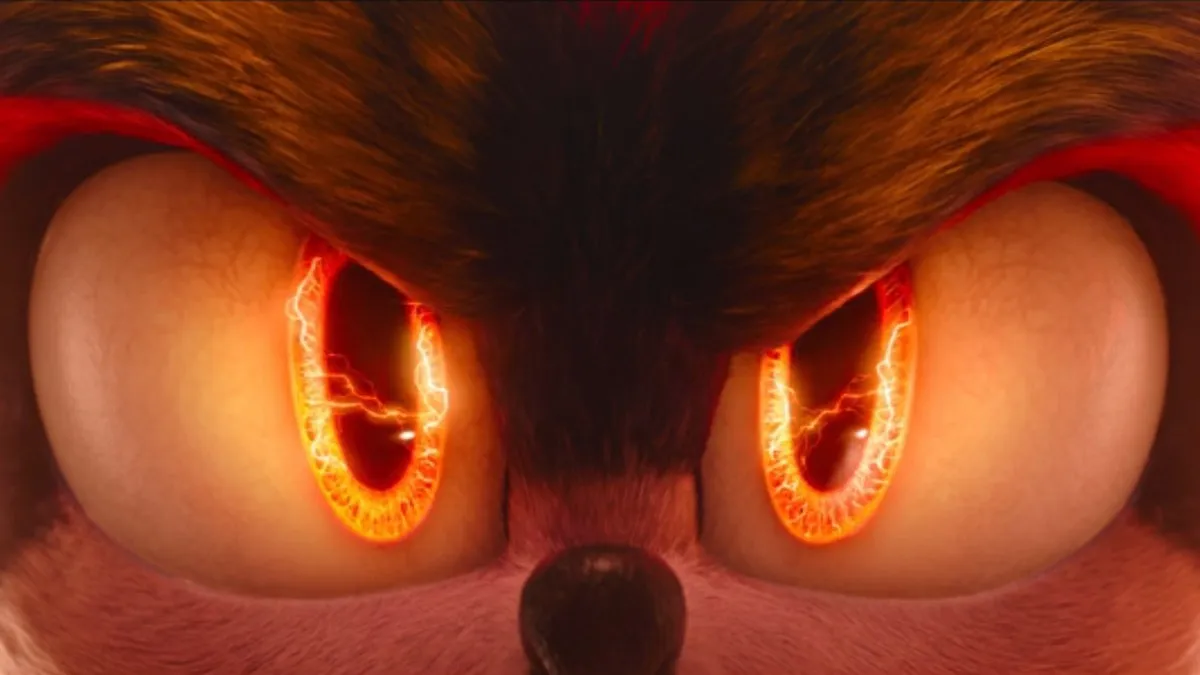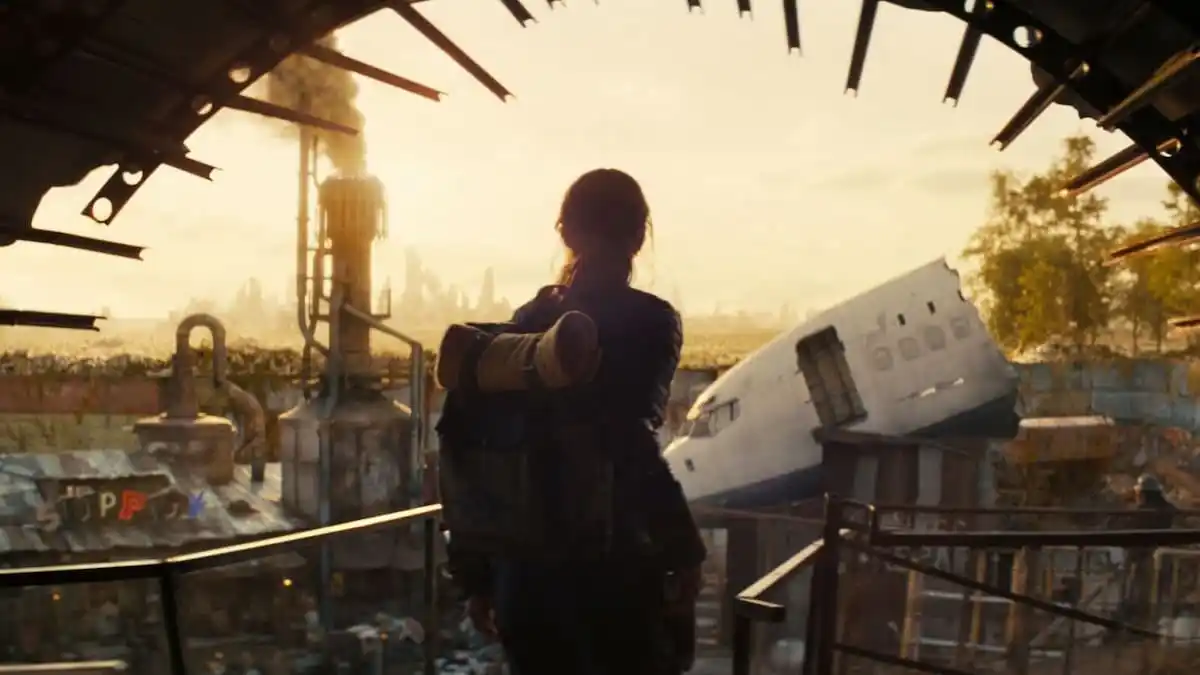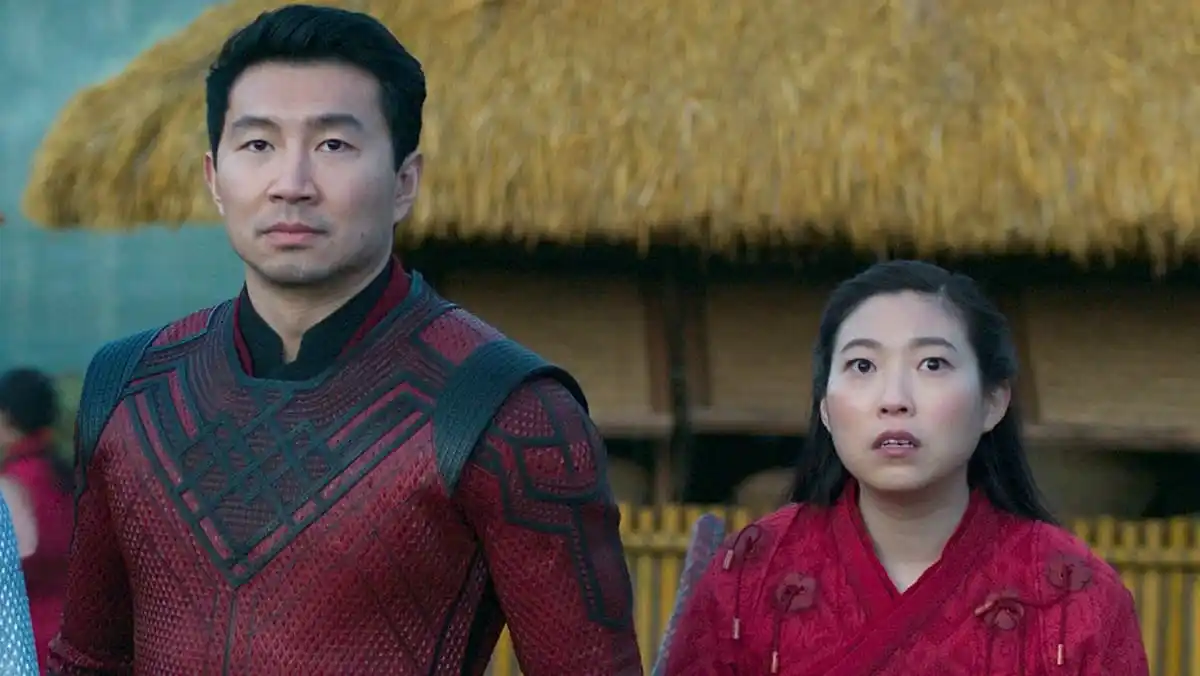M. Night Shyamalan is a cautionary tale, particularly in the modern blockbuster age.
Following two fairly unremarkable films in Praying with Anger and Wide Awake, Shyamalan burst onto the scene with the release of The Sixth Sense in 1999. It was a massive critical and commercial success and one of the highlights of a cinematic year that has been (not unfairly) described as one of the greatest movie years ever. The film earned $672 million on a $40 million budget and received six Oscar nominations, including Best Picture and Best Director.
Shyamalan followed The Sixth Sense with Unbreakable, once again collaborating with actor Bruce Willis. Unbreakable was a more modest success. It didn’t receive similar award recognition, and it “only” grossed $248 million on a $73 million budget. Still, time has been very kind to Unbreakable, a low-budget and off-kilter superhero movie that arrived in cinemas four months after Bryan Singer’s X-Men. It has been reassessed as something of an underrated gem in the director’s filmography.
Almost immediately, Shyamalan began cultivating a reputation as a very self-assured director with an inflated sense of self-importance. In March 2000, he told The New York Times he had an idea for a script for Jim Carrey but could not bring himself to direct a comedy because “they just don’t feel resonant enough. They just don’t have enough weight.” That is quite a statement from a director whose most recent credit at the time was on the screenplay for Stuart Little, released December 1999.
Shyamalan was a shameless self-promoter. He saw himself as a brand to be packaged and sold. “The ultimate goal,” he told Rolling Stone in December 2000, “is to draw audiences just with your name, which not many filmmakers have done. Who? Spielberg? Hitchcock? I’d like to be with them someday.” Shyamalan was not alone in putting himself in that class. In the lead up to the release of Signs in 2002, the cover of Newsweek christened him “the Next Spielberg.”
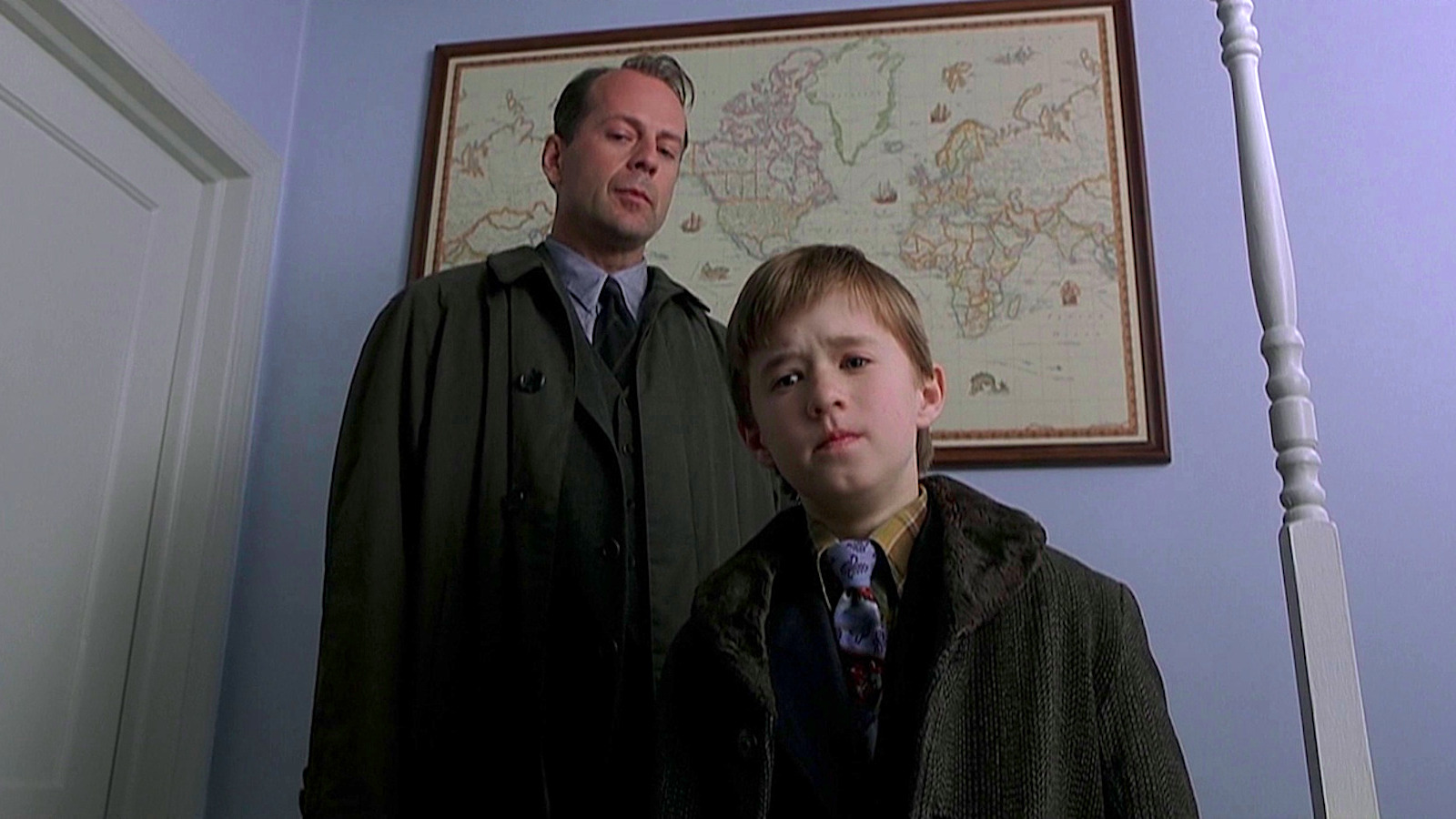
Shyamalan was following a trajectory that was fairly common for many of the directors who emerged at the turn of the millennium, announcing themselves with low-budget and high-concept independent films that could serve as a stepping stone into bigger-budget and higher-profile studio releases. Christopher Nolan is perhaps the best example of this. Nolan’s Memento got him the job directing Insomnia at Warner Bros., which then got him Batman Begins, and the rest is history.
This has become a familiar career blueprint. Sam Mendes made the jump from movies like American Beauty and The Road to Perdition to blockbusters like Skyfall and Spectre. Ryan Coogler replicated the Nolan pattern almost perfectly, moving from the indie Fruitvale Station to the medium-budget Creed at Warner Bros. to the superhero blockbuster Black Panther. Even Guy Ritchie went from directing British gangster films like Lock, Stock and Two Smoking Barrels to making Aladdin. It’s a reliable model for young directors.
Because Shyamalan found success with The Sixth Sense, and his movies regularly deal with supernatural themes, Shyamalan is generally considered a horror director. However, like Jordan Peele, Shyamalan is more broadly fascinated with American populist cinema. Unbreakable is a superhero movie, and he followed that with Signs, a movie set in an idyllic version of the American heartland. Shyamalan’s Spielberg aspiration makes sense, considering the creative choices that he made.
Signs was a big commercial success, grossing $408 million on a $70 million budget. More than that, it hit the zeitgeist. Even setting aside sensationalist Newsweek cover stories, Signs was a big deal. The year after it came out, David Zucker was able to revive the Scary Movie franchise with Scary Movie 3, which spent a significant portion of its runtime riffing on Signs. Even the parody was a massive commercial success. However, it is around this point in Shyamalan’s filmography that problems began building to critical mass.
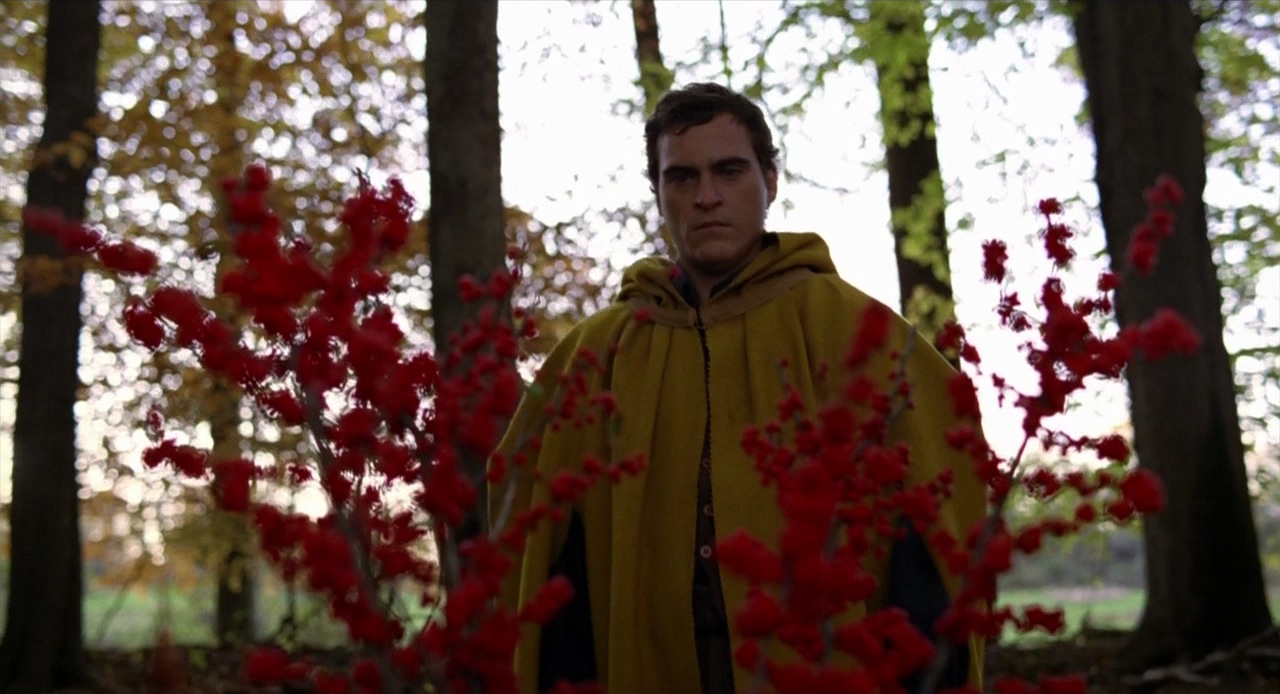
Shyamalan moved from Signs to The Village. With The Village, Shyamalan started coming under fire for his perceived reliance on twists. It was Shyamalan’s first movie since Wide Awake to earn a “Rotten” grade on Rotten Tomatoes. The following year, the television show Robot Chicken would broadcast the infamous “M. Night Shyamalan’s The Twist” sketch, which cemented the growing perception of M. Night Shyamalan — fairly or not — as a director who loved nonsensical reveals.
There were other issues. In the lead-up to the release of The Village, Shyamalan collaborated with the Sci-Fi Channel on a faux documentary, The Buried Secret of M. Night Shyamalan. That film sought to mythologize Shyamalan, framing his storytelling acumen as something literally supernatural that demanded external explanation. The documentary alleged (falsely) that Shyamalan drowned as a child, was resuscitated after half an hour, and returned with a connection to the other side.
This mythmaking carried over to Shyamalan’s next film, The Lady in the Water. The film reportedly cost $75 million, with the bulk of the budget spent actually building the apartment complex in which the movie is set — “a U-shaped, 5 story, 57-unit apartment complex complete with a center courtyard, swimming pool and a detached bungalow bordering on a sprawling wooded meadow.” According to producer Sam Mercer, it “had everything but plumbing and heating.”
Shyamalan has a habit of casting himself in small roles in his own movies, much like Alfred Hitchcock. He played a doctor in The Sixth Sense, a drug dealer in Unbreakable, a drunk driver in Signs, and a guard in The Village. However, in The Lady in the Water, Shyamalan cast himself as a writer whose yet-unfinished book will save humanity. In hindsight, it is a decision of incredible hubris, particularly from a director who had publicly compared himself to Hitchcock and Spielberg.
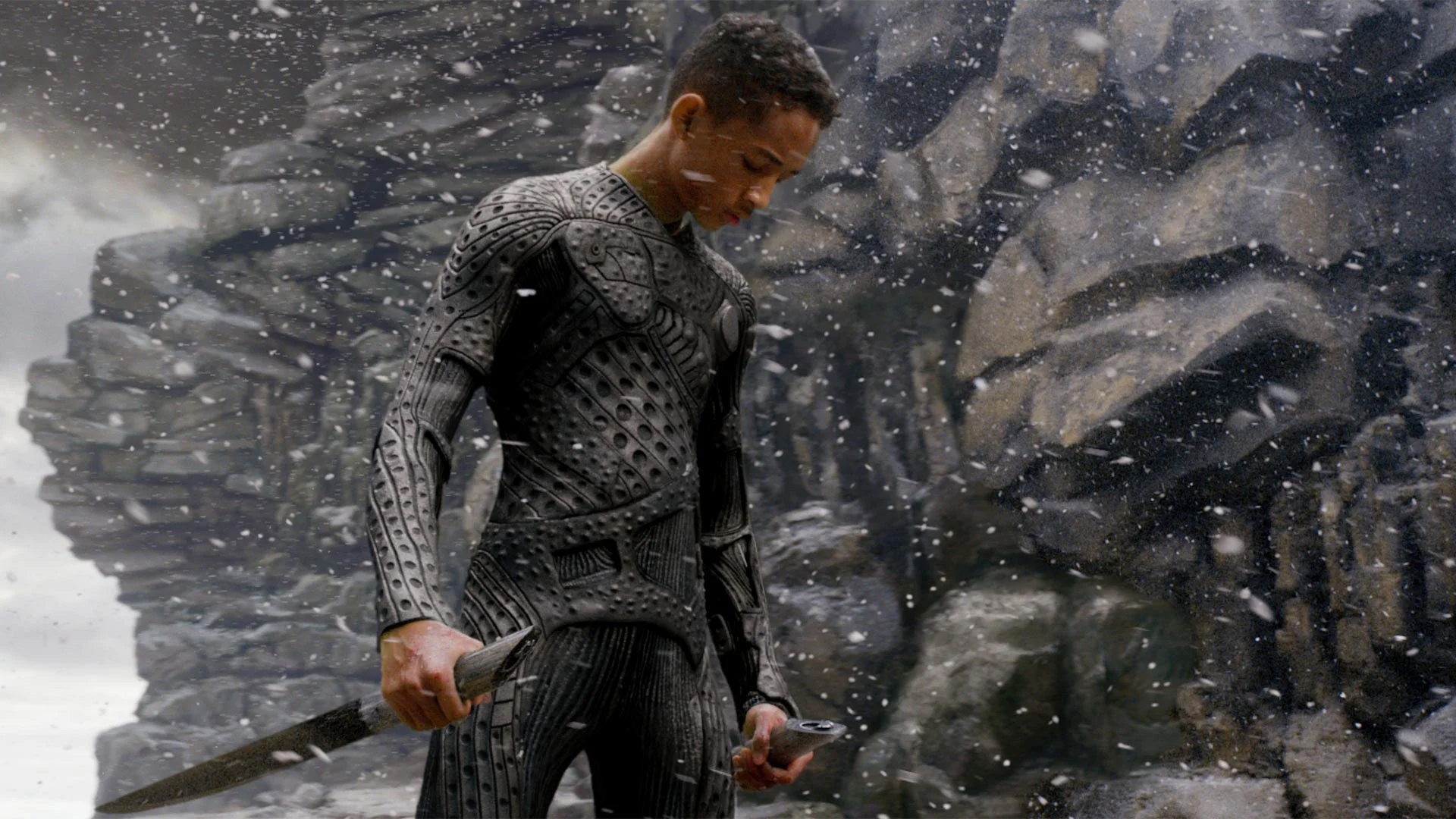
The reputational damage was compounded by Shyamalan’s decision to collaborate with author Michael Bamberger on The Man Who Heard Voices, a book documenting the troubled production. Diane Garrett suggested Shyamalan found a perfect partner in Bamberger, “a Sports Illustrated scribe willing to inflate every imagined slight the director ever faced into comic levels of bathos.” Janet Maslin described it as “not just a puff article but a full-length, unintentionally riotous puff book.”
Shyamalan’s projects became more ambitious in scale, as he tried to transition into a blockbuster space. After The Lady in the Water, Shyamalan made The Happening, a movie about an apocalypse on a global scale. He followed The Happening with The Last Airbender, an adaptation of the popular cartoon show. Shyamalan saw The Last Airbender as a project “very much in the spirit of The Lord of the Rings.” It reportedly had a production budget of $150 million and a promotional budget of $130 million.
Next, Shyamalan collaborated with Will Smith on the science fiction epic After Earth, which reportedly cost $130 million. After Earth was one of the films that ended Smith’s box office dominance, with the actor confessing that “a thing got broken in (his) mind” after its underwhelming performance. Smith was not the only star brought crashing to Earth by that box office bomb. It irrevocably altered the trajectory of Shyamalan’s career.
The Lady in the Water, The Happening, The Last Airbender, and After Earth are all bad films. They are each fascinating objects, but they were subject to well-earned derision on release. Watching them, it is clear that Shyamalan is trying to push himself into the space occupied by crowd-pleasers like Spielberg and Lucas. Even his camera movements in The Last Airbender and After Earth, notably his long and carefully choreographed takes, are self-consciously Spielberg-esque. It’s unconvincing blockbuster karaoke.
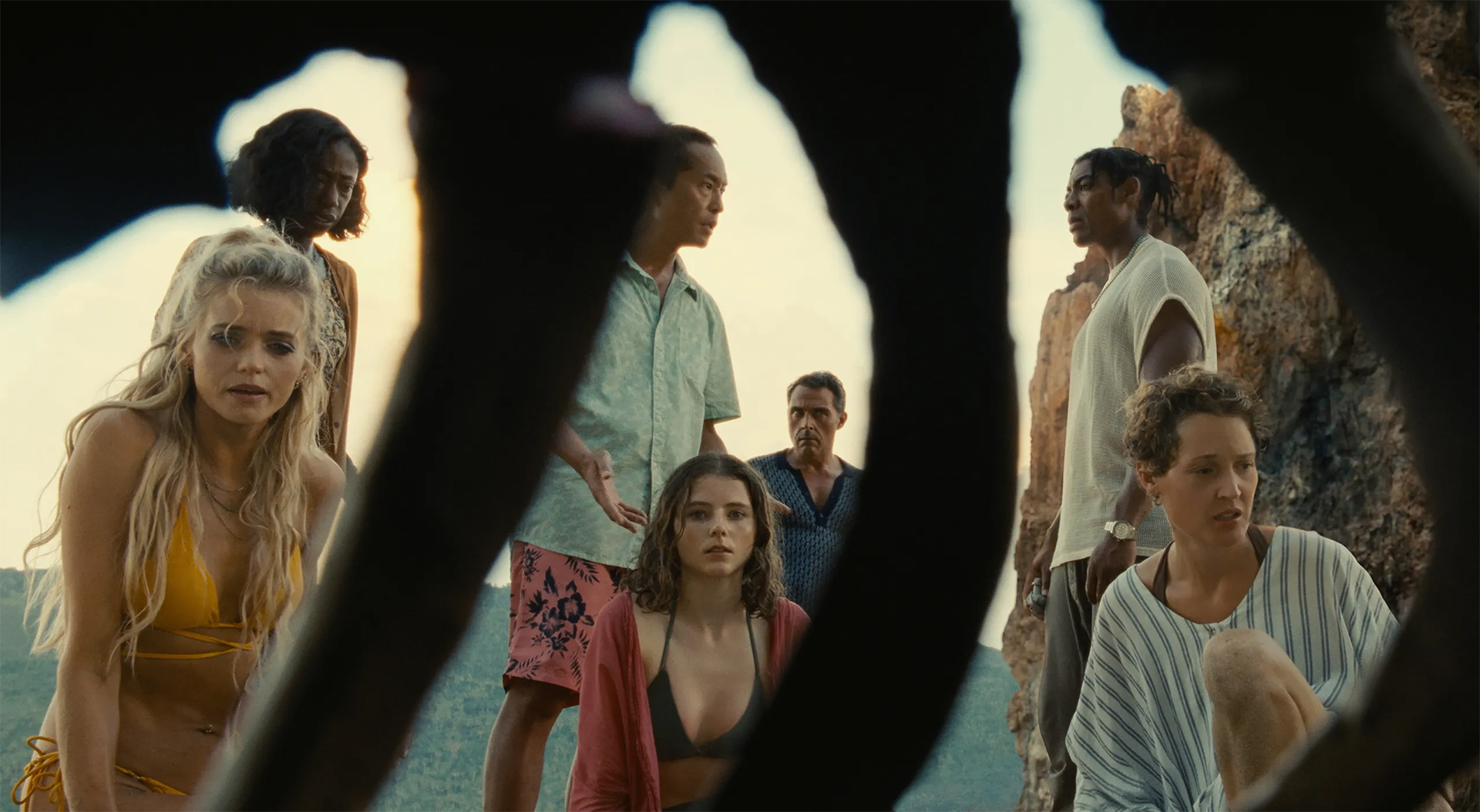
However, it was never going to happen. Shyamalan was never going to be that kind of director. While former low-budget directors like Nolan or Peele would thrive with bigger studio budgets, pushing through original projects featuring ambitious spectacle, Shyamalan’s strengths lay elsewhere. This is what is interesting about his career following After Earth. Shyamalan is essentially the best-case scenario for a director who can’t make the leap that Hollywood seems to expect of every modern filmmaker.
It can often feel like a director gets one shot at making that transition, and the consequences for failure are severe. Gareth Edwards famously moved from the indie film Monsters to the blockbusters Godzilla (2014) and Rogue One: A Star Wars Story. However, Edwards hasn’t directed a movie since Disney sent Rogue One back to reshoots overseen by Tony Gilroy — although he is directing this year’s unreleased True Love. Josh Trank jumped from the low-budget Chronicle to Fantastic Four. After that infamous fiasco, it was five years before he got to direct another movie, Capone.
In contrast, Shyamalan bounced back quickly. Two years following After Earth, he returned with The Visit. It was a low-budget found-footage horror movie, which Shyamalan funded by taking a loan out on his home. It made $98 million on a $5 million budget. It also earned Shyamalan’s best reviews (and first “Fresh” rating) since Signs, over a decade earlier. There was a sense that this was a space in which he was more comfortable and more assured working.
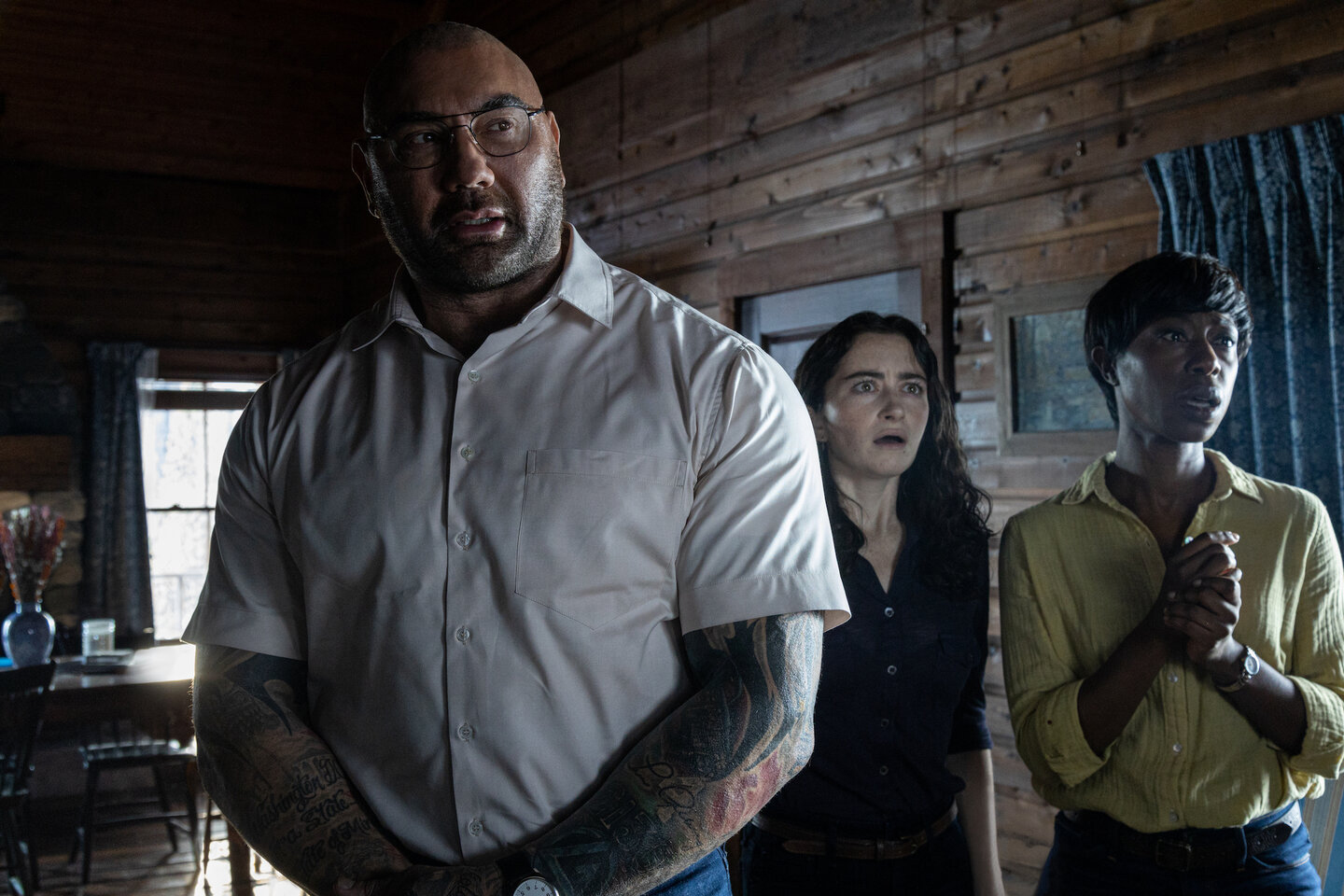
Shyamalan has spent the past few years somewhat slowly rebuilding his reputation. He has done this by making low-budget movies that don’t have to break box office records to be profitable. Split earned $278 million on a $9 million budget. Glass earned $247 million on a $20 million budget. For all the memes about “the beach that makes you old,” Old made a neat $90 million on an $18 million budget during the pandemic. This is a much more comfortable zone for Shyamalan.
Shyamalan doesn’t have the blockbuster instincts that define comparable directors of his generation like Nolan or even Ritchie. There’s nothing wrong with that. Shyamalan has found a niche, and there are very few directors working in that space. Shyamalan’s ability to manage a budget means that he doesn’t have to take notes or listen to committees. Split and Old are completely uncompromised, for better and for worse. There’s something thrilling in the notion that movies as odd as that can thrive if budgeted right.
More than two decades into his career, Shyamalan has demonstrated that he’s never going to be the next Spielberg, but maybe that’s okay. Maybe it’s just enough to be M. Night Shyamalan.

